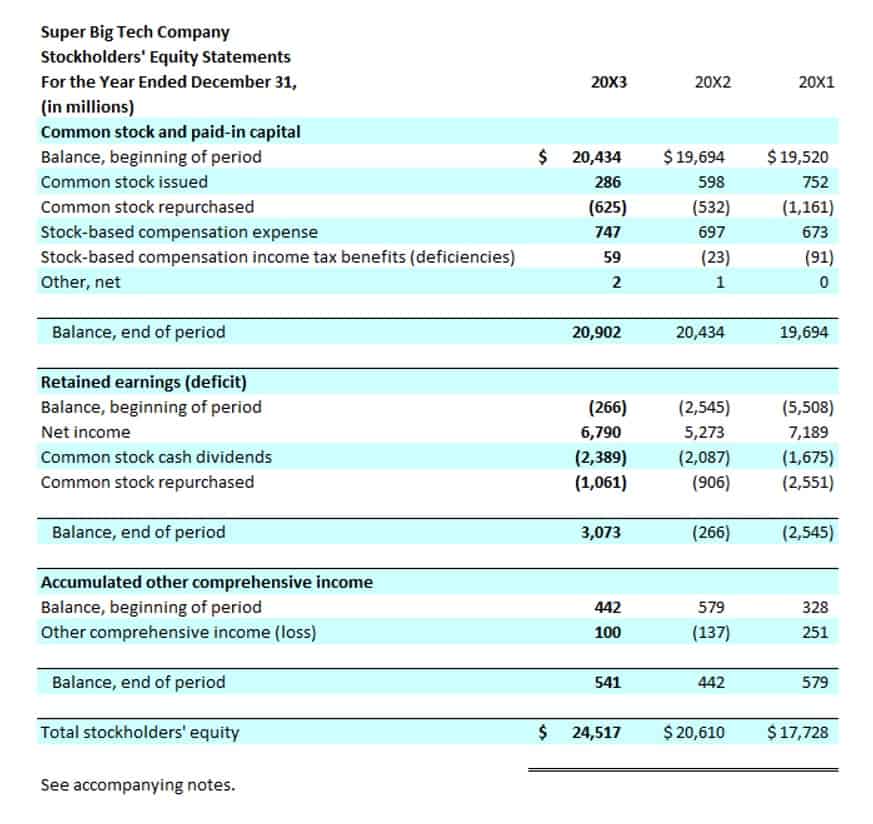
Businesses that have a high cash operating cycle will need to invest more capital in its working capital due to this reason. In this article, we will cover in detail about cash operating cycle in accounting. Before going further, let’s understand the overview of the cash operating cycle as well as the concept of working capital management. DIO (also known as DSI or days sales of inventory) is calculated based on the how to find operating cycle COGS or acquiring/manufacturing of the products. The calculation begins with determining the Accounts Receivable Turnover ratio, which shows how efficiently a company collects revenue from its credit customers.
- To get the inventory turnover days, divide your average inventory by the cost of goods sold, and then multiply that number by 365.
- By actively managing and optimizing their operating cycles, businesses can position themselves for sustainable growth and long-term success.
- As will be shown later in an example using Walmart, both ratios can be calculated using readily available figures from a company’s financial statements.
- Manufacturing the product This phase contains the actual manufacturing of the finished goods from the raw materials.
- The ultimate understanding of a company’s cash cycle will reveal how well it manages its cash flow.
- The length of time it takes to transform net current assets and current liabilities (such as acquired shares) into cash is refer as the working capital cycle (WCC).
Streamline Processes:

Acquisition of Raw materials and resources In this phase, the company acquires the raw materials, labor, fuel, power, etc. Below are the further breakdown of inventory days; commonly for manufacturing companies. The CCC value indicates how efficiently a company uses short-term assets and liabilities to generate and redeploy cash. Knowing the operating cycle helps businesses understand how quickly they can turn investments into cash. The completed output sheet illustrates the downward trajectory in the cash conversion cycle (CCC) from 65 days in 2017 to 50 days by 2020.

Cash Cycle components

It’s simply the date from the initial cash outlay to the date of cash receipt from the customer. While manufacturing companies are involved in the production of goods, financial firms usually do not get engaged in production directly. They may assist firms in producing goods, but this cannot be considered the bank’s responsibility. Therefore, the banks usually have no inventories and cash acts as inventory for them. The raw materials conversion period is obtained when raw material inventory is divided by raw material conversion per day. Job seekers can also benefit from understanding the concept of the operating cycle.
- This metric measures the average number of days it takes a company to collect payments from its customers after making a credit sale.
- The raw materials conversion period is obtained when raw material inventory is divided by raw material conversion per day.
- So, to clear up any confusion you might have, let’s break down the operating cycle in simple terms, from what it is to how to calculate it to the operating cycle formula and more.
- The resulting number, 94.3 days in this case, signifies the total average duration required for the company to convert its initial investment in inventory into cash from sales.
- This might indicate that inventory is sitting unsold for extended periods or that the collection of payments from customers is slow.
How to Calculate the Loan Amount in Excel

It represents the time it takes for a business to convert its investments in inventory and other resources into cash through sales and accounts receivable collection. contra asset account This cycle is a crucial measure of a company’s financial efficiency and liquidity. To put it simply, the operating cycle measures how quickly a company can turn its resources into cash flow. Understanding this cycle is important for assessing a company’s ability to generate cash from its core activities.
Cash isn’t a factor until the company settles its https://www.spts.ac.th/main/?p=69017 AP and collects any AR from its customers. It follows cash through inventory and AP, then into expenses for product or service development, to sales and AR, and then back into cash in hand. DIO and DSO are inventory and accounts receivable, respectively, considered short-term assets and positive.
- The length of the operating cycle has significant implications for the liquidity, profitability, and efficiency of a business.
- The operating cycle is a critical concept within the realm of business management that reveals how effectively a company transforms its inventory into cash.
- As a result, the company can improve cash flow, reduce processing time, and maintain strong relationships with suppliers.
- Further, when a company operates on a shorter operating cycle, it keeps its cash for a shorter period in the business, which is generally more beneficial to cash flow and its overall benefit.
While both offer valuable insights, a cash cycle reveals a company’s ability to handle cash flow, whereas an operating cycle assesses the overall efficiency of its operations. The operating cycle formula can compare companies in the same industry or conduct trend analysis to assess their performance across the years. A comparison of a company’s cash cycle to its competitors can be helpful to determine if the company is operating normally vis-à-vis other players in the industry. Also, comparing a company’s current operating cycle to its previous year can help conclude whether its operations are on the path of improvement or not. It is essential to understand the concept of the operating cycle formula as it helps to assess how efficiently a company is operating. An analyst would prefer a shorter cycle because it indicates that the business is efficient and successful.
Leave a Reply